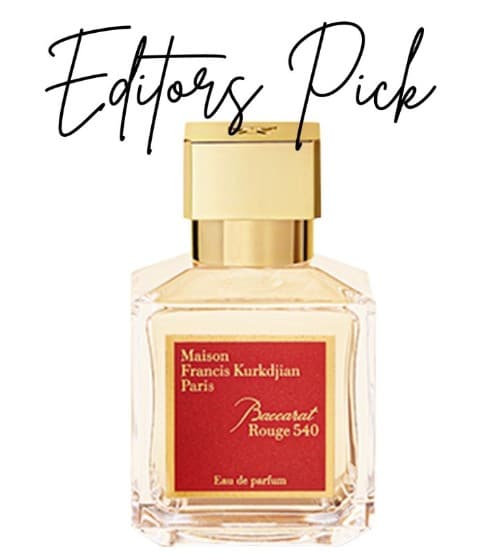Ever notice how the wealthy always seem effortlessly polished? It’s not just about money—it’s about knowing the style rules that stand the test of time.
Old money style isn’t flashy or trendy, it’s refined and timeless. And the best part? You don’t have to be a millionaire to tap into it.
Once I started following these rules, everything changed.
My wardrobe became more classic, more put-together, and I felt more confident in my style choices. These are the tried-and-true fashion secrets that the rich have sworn by for years, and now you can too.
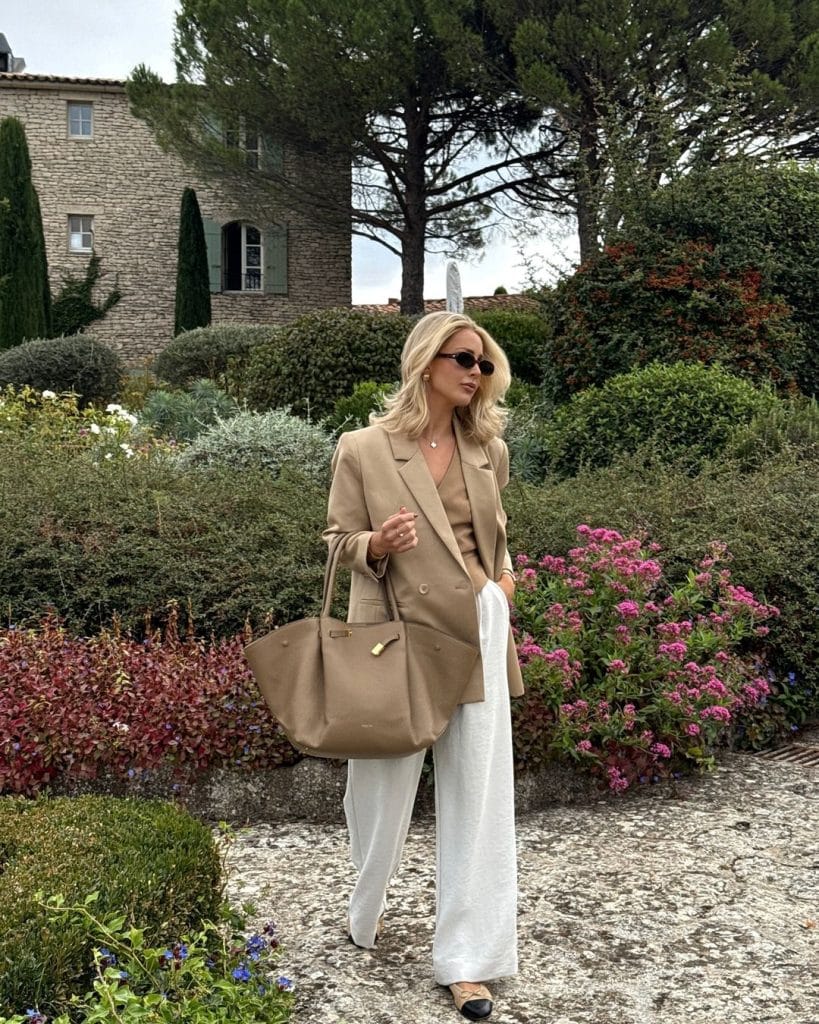
Rule #1: Opt for one dedicated brand for quality basics
Now, you might be thinking, “Why on earth would I limit myself to just one brand?” Well, let me tell you, there’s method to this madness:
Consistent Sizing: When you stick to one brand, you get to know their sizing like the back of your hand. No more guessing games in the fitting room!
Cohesive Look: Basics from the same brand often have a similar aesthetic, making it easier to create a cohesive wardrobe.
Simplifies Shopping: Once you find your perfect brand, shopping becomes a breeze. You can even set up automatic reorders for your favorite pieces!
Quality Assurance: If you’ve found a brand that consistently delivers quality, why risk it with others?
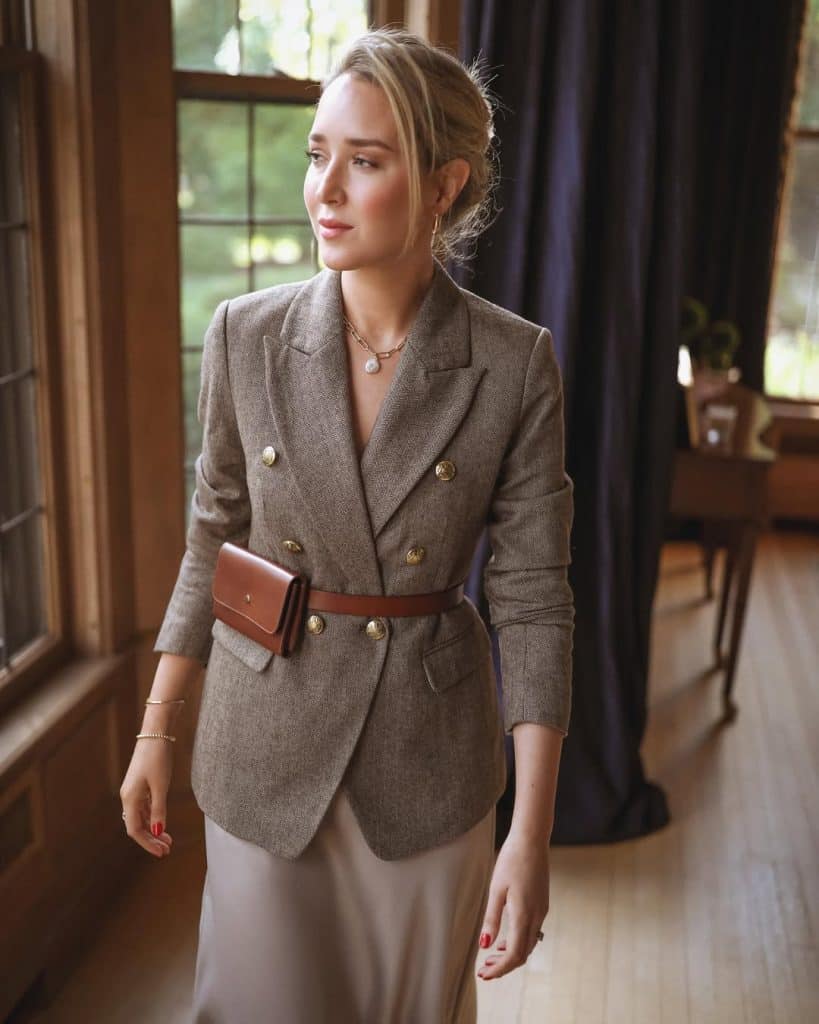
Finding Your Perfect Brand
So, how do you find this magical unicorn of a brand? Here are some tips:
Do Your Research
Look for brands known for their quality basics. If you’re ready to invest and truly lean into that old-money, quiet luxury style, there are some brands that absolutely nail it.
The Row is the gold standard — every piece is simple, elegant, and made to last. Totême is another favorite, with chic silhouettes and timeless designs that make you look effortlessly polished.
I also love Max Mara for their gorgeous coats and tailored pieces that never go out of style.
For more affordable options, Mango is one of my go-tos when it comes to polished blazers and chic trousers that always look put-together.
Quince is amazing if you’re after affordable cashmere or silk (seriously, their prices will surprise you!). I also love COS for those minimal, structured pieces that feel designer.
And if you haven’t checked out Everlane yet, do it — their neutral basics and sleek silhouettes make it super easy to build that “old money” wardrobe without maxing out your credit card.
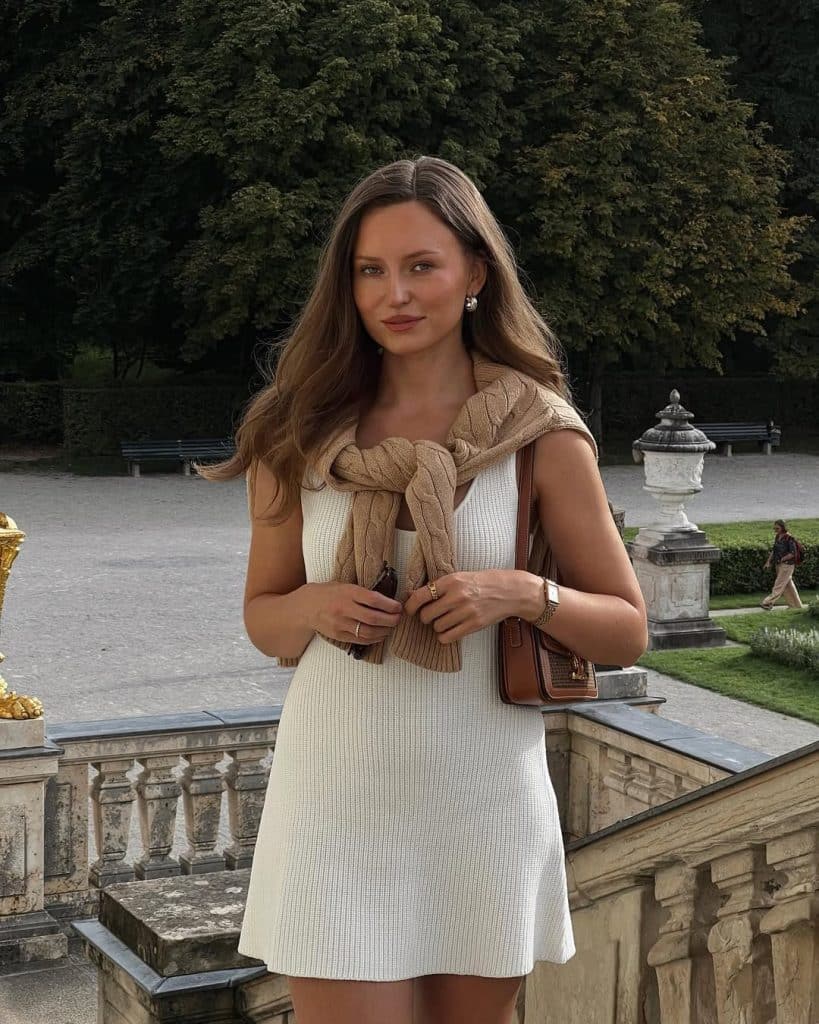
Try Before You Commit
Start with just a few key pieces from the brand you’re eyeing. Maybe a classic blazer, a crisp white button-down, or a structured handbag. Wear them. Wash them. See how they hold up. Do they feel luxurious?
Do they still look sharp after a few wears? This little test run saves you from spending a fortune on items that don’t live up to the hype. Plus, you’ll know for sure if the brand really fits your lifestyle before going all-in.
Consider Your Lifestyle
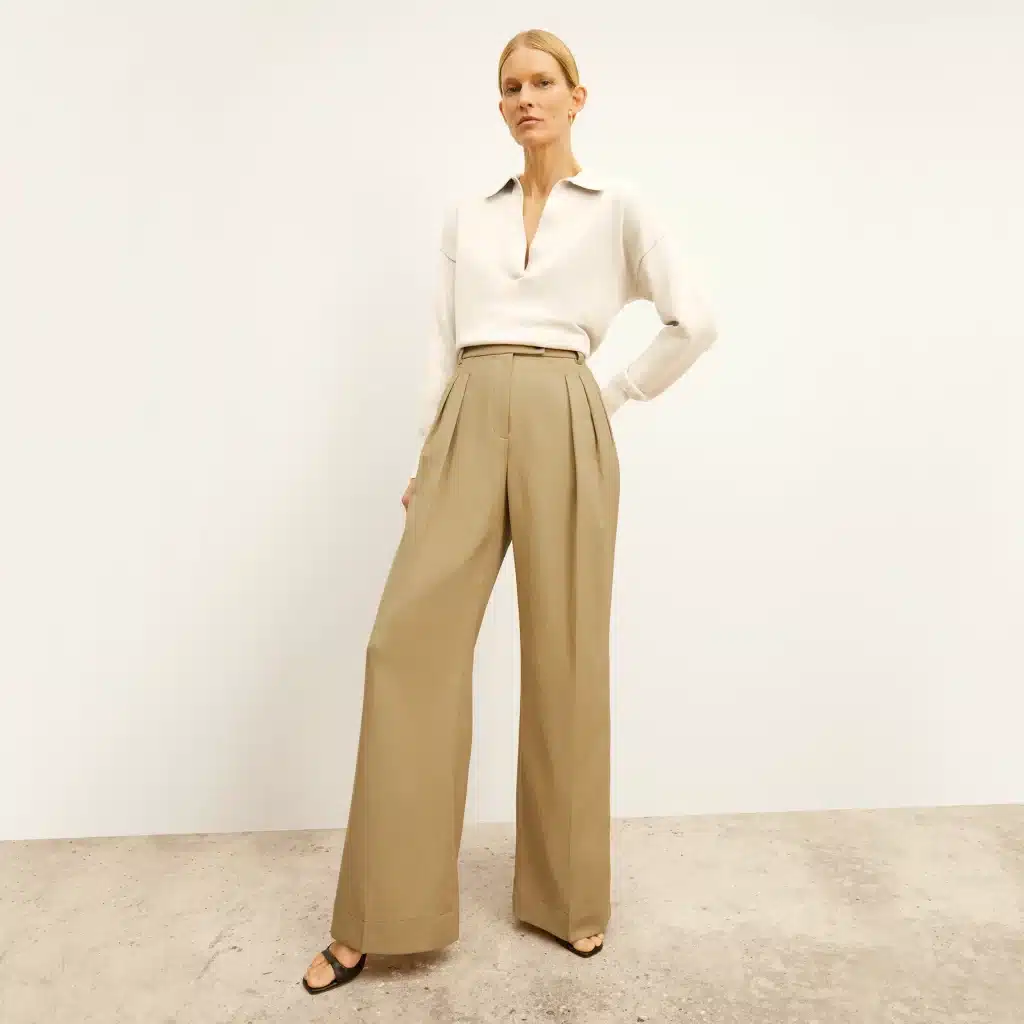
Really think about your lifestyle. Are you in business casual most days? If so, M.M.LaFleur is always a safe bet. Think timeless blazers, elegant trousers, and button-downs that make you look effortlessly put-together.
Constantly running errands or school pickups? Then you need a brand that gets that — one that offers tailored pieces you can mix, match, and rely on (my top pick? Definitely Everlane ….their loungewear is classic yet comfy)
There’s no point investing in gorgeous cocktail dresses if your daily life calls for chic blazers and elevated basics.
The right brand should make getting dressed effortless, not stressful. So choose one that fits your day-to-day, and you’ll wear those pieces on repeat!
Essential Old Money Wardrobe Staples
The Perfect White Shirt: A crisp, well-fitted white button-down is worth its weight in gold. Look for one made from 100% cotton or a luxurious cotton-silk blend.
Tailored Trousers: A pair of perfectly cut trousers in neutral colors like navy, black, or khaki will take you from boardroom to cocktail hour with ease.
The Classic Blazer: A well-structured blazer in navy or black is the ultimate old money style essential. It instantly elevates any outfit!
Quality Knitwear: Think cashmere sweaters, merino wool cardigans, and soft cotton pullovers in neutral tones.
Here’s the thing about investing in quality basics – they might seem pricey at first, but they’ll last you YEARS if you take care of them properly.
Plus, you’ll always have something stylish to wear, no matter the occasion. It’s all about building a wardrobe that stands the test of time, just like old money itself!
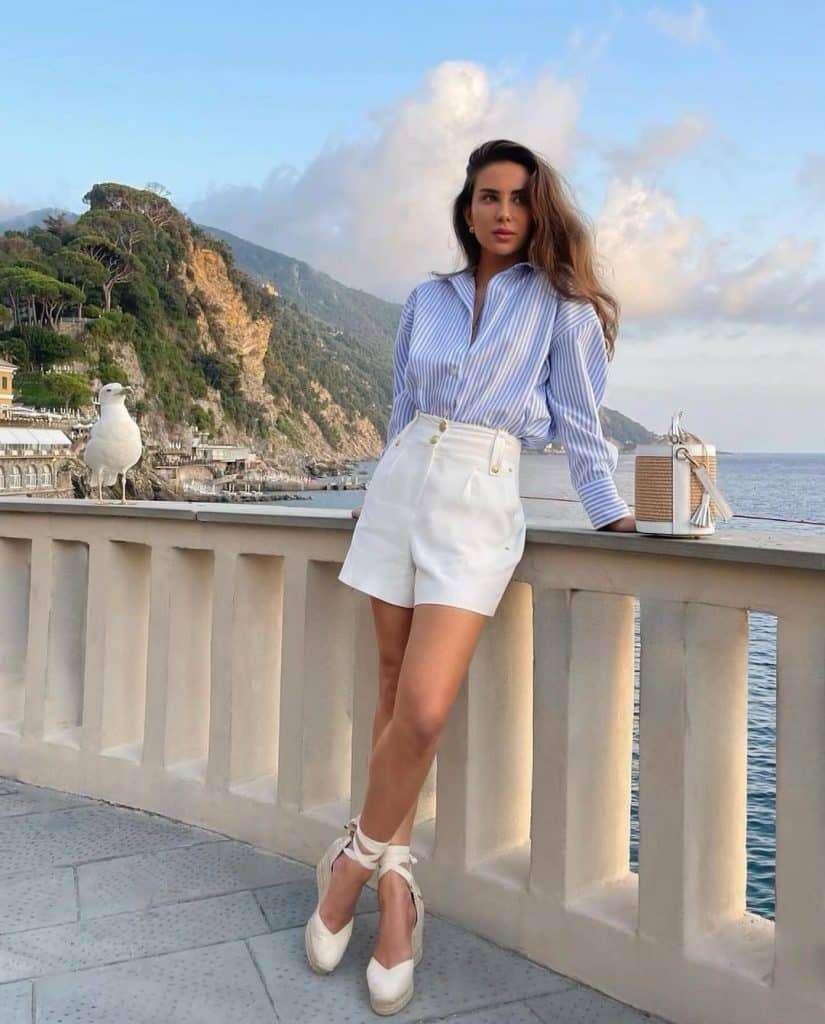
Rule #2: Have a Signature Scent (Smell Like Money!)
Our sense of smell is incredibly powerful. It can evoke memories, create impressions, and even influence people’s perceptions of us.
The old money crowd knows this all too well, which is why they put so much emphasis on finding and sticking to a signature fragrance.
Why a Signature Scent Matters
A unique scent can leave a lasting impression, making you unforgettable in the best way possible. It becomes part of your personal brand, just like your style, and an integral part of your identity.
Knowing you smell good can give you an extra boost of confidence, which is essential in old money circles.
And while clothes and trends may change, a classic fragrance is timeless. It’s an invisible accessory that completes your old money style, the final touch that says, “I’ve arrived.”
Choosing Your Signature Scent
Now, picking a signature scent isn’t like choosing a shirt – you can’t just try it on for size. It’s a process that requires time and patience.
Start by familiarizing yourself with different fragrance families (floral, woody, oriental, etc.) to narrow down your preferences.
Don’t just spray and buy – wear a fragrance for a full day to see how it develops on your skin. Your signature scent should be versatile enough for both day and night wear, so consider the occasions you’ll be wearing it.
The goal is to intrigue, not overwhelm. A subtle scent is always more sophisticated. And like everything else in old money style, opt for high-quality fragrances from reputable brands.
Old Money Fragrance Favorites
While personal preference is key, there are some classic fragrances that will always stand the test of time in old money circles.
Maison Francis Kurkdjian Baccarat Rouge 540, Chanel No. 5 and Love Don’t Be Shy By Kilian are perennial favorites. These scents have that perfect balance of sophistication and timelessness that old money style is all about.
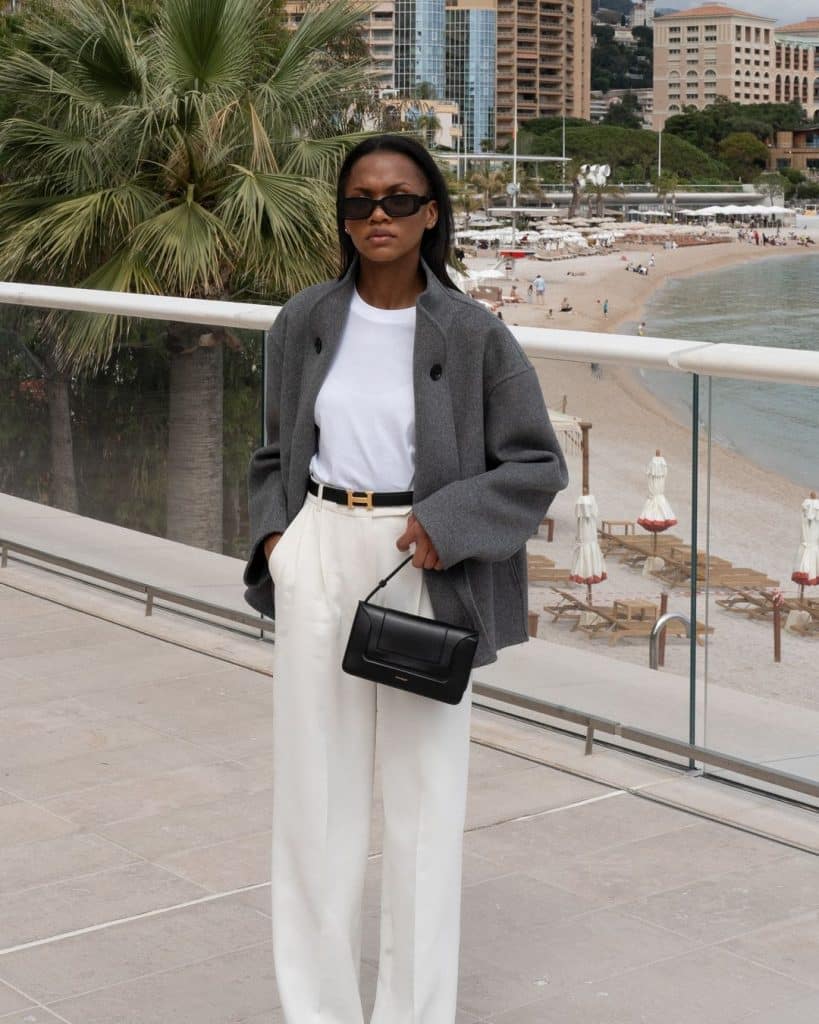
Rule #3: Neutral colors make outfits look more expensive
I know, I know – “Neutral colors? Boooring!” But hold your horses, fashion enthusiasts! There’s a reason why old money stick to a neutral color palette, and it’s not just because they’re allergic to fun (although sometimes it might seem that way, right?).
The Power of Neutral Tones
Neutral colors are the secret weapon of old money style. They’re versatile, timeless, and exude an air of quiet sophistication.
Plus, they make mixing and matching a breeze! Embracing neutrals doesn’t mean your wardrobe has to be as exciting as watching paint dry.
The key is in how you combine these colors and the textures you choose. A monochromatic outfit in varying shades of beige can be absolutely STUNNING when done right.
While the base of your old money style wardrobe should be neutral, there’s always room for a subtle pop of color.
Think a burgundy scarf, a forest green handbag, or a pair of deep red loafers. The trick is to choose rich, saturated hues that complement your neutral pieces without overwhelming them.
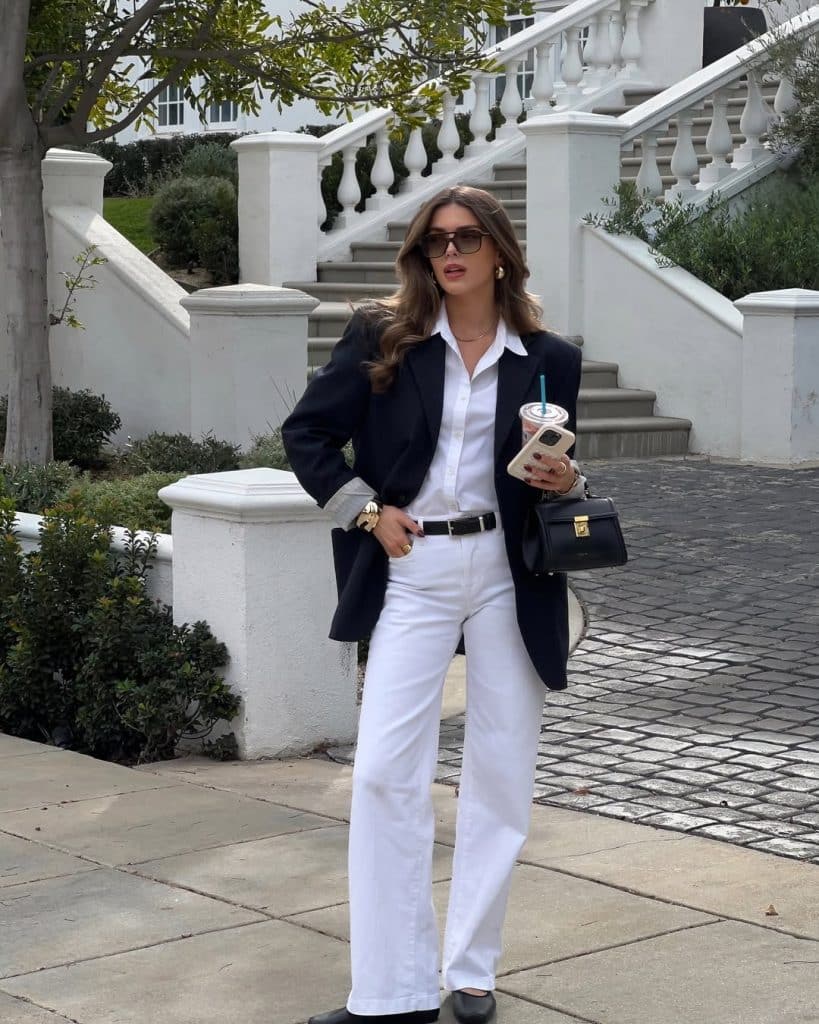
Rule #4: Your clothes need to fit properly
You could be wearing the most expensive designer outfit in the world, but if it doesn’t fit properly, you might as well be wearing a potato sack.
Even the wealthiest people don’t always find clothes that fit them perfectly off the rack. The difference? They have everything tailored to fit like a glove.
Don’t worry, you don’t need a personal tailor on speed dial. Look for a reputable tailor in your area and build a relationship with them. It might cost a bit extra, but the difference in how you look and feel will be WELL worth it.
When you’re out shopping, look for items that fit well in the most difficult-to-alter areas (shoulders for jackets, hips for pants) and have the rest tailored to perfection.
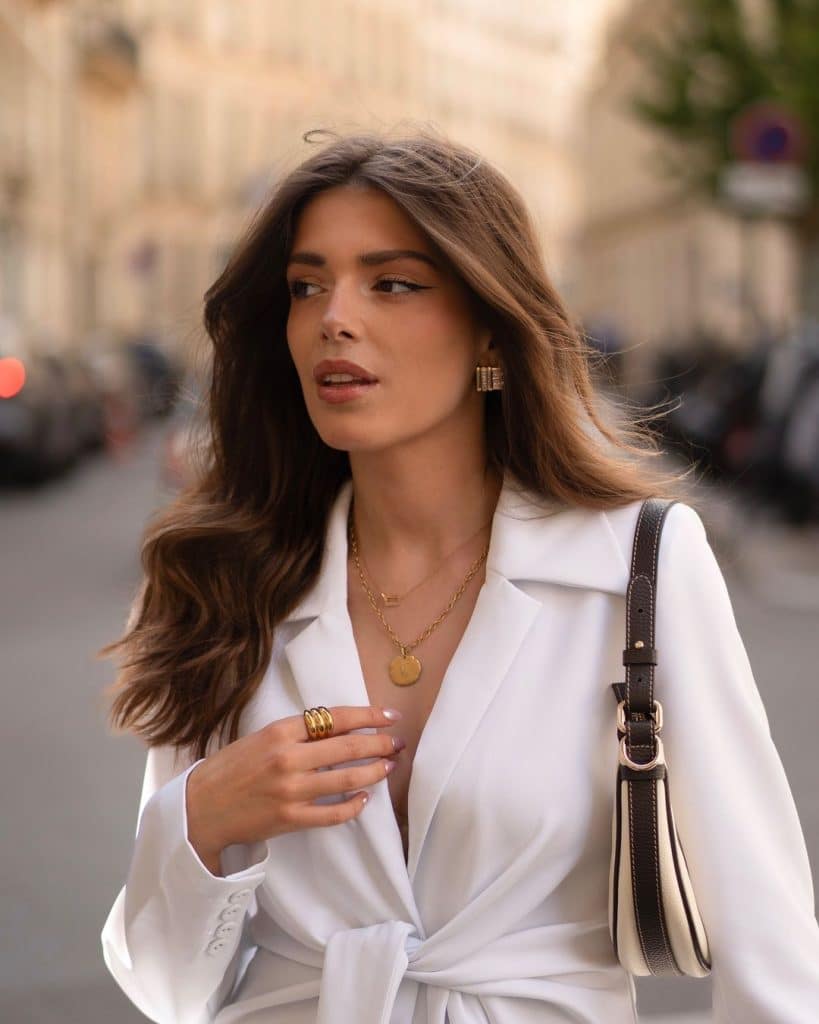
Rule #5: Your accessories make a big statement
Think of accessories as the cherry on top of your perfectly crafted sundae – they should enhance your outfit, not overpower it.
Old money know that true elegance lies in simplicity. Instead of piling on every piece of jewelry you own, choose a few high-quality pieces that make a statement. Here are some old money style accessories to consider:
A classic watch: Think leather strap or metal band, with a simple face. Brands like Cartier, Rolex, or Patek Philippe are old money favorites.
Pearl earrings: Simple, elegant, and always in style.
A silk scarf: Perfect for adding a touch of color or pattern to a neutral outfit.
Quality leather belt: Choose one with a subtle buckle in a neutral color.
Statement handbag: A high-quality bag isn’t just an accessory, it’s an investment that’ll stick around longer than some trust funds! We’re talking about handbags that are so well-crafted, they practically whisper “old money” to those in the know.
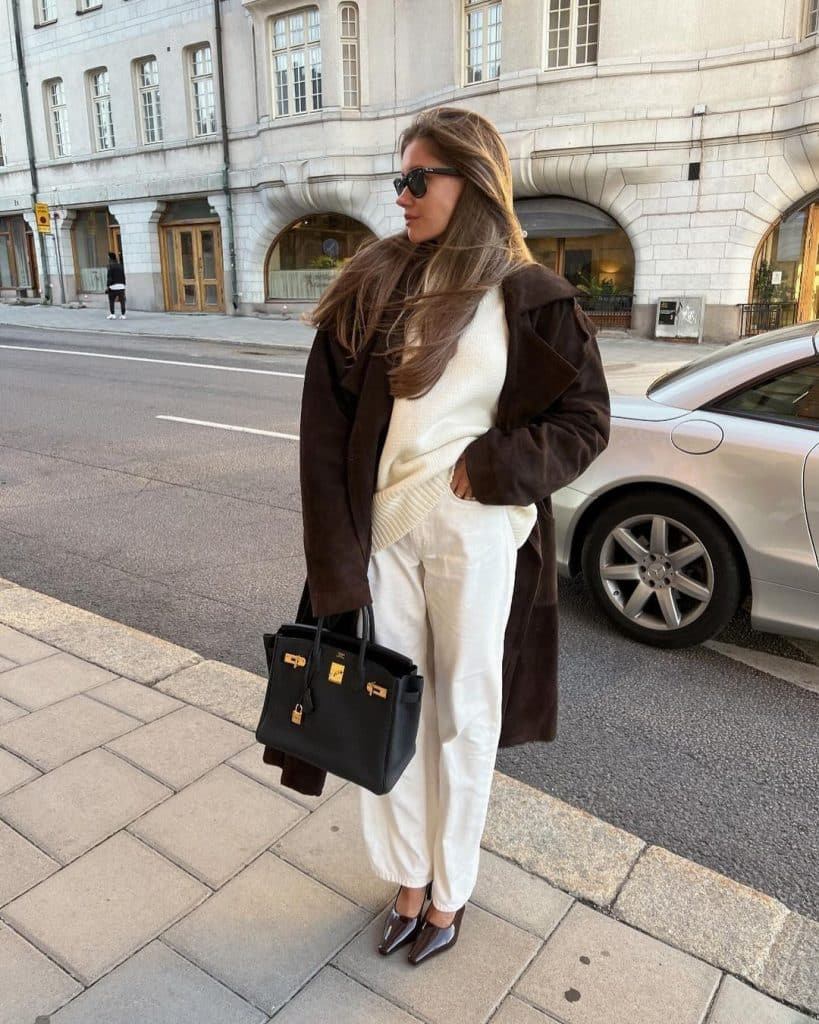
Rule #6: Opt for luxury fabrics that stand the test of time
The wealthy have a secret weapon in their fashion arsenal: they know how to choose high-quality fabrics that look and feel luxurious.
When you’re building an old money inspired wardrobe, pay attention to the materials your clothes are made from. Here are some fabrics that scream “I summer in the Hamptons”:
Cashmere: Soft, warm, and oh-so-luxurious. Perfect for sweaters and scarves.
Silk: Ideal for blouses, dresses, and accessories. It’s lightweight and has a beautiful drape.
Wool: Look for fine merino wool for suits and coats. It’s durable and looks expensive.
Linen: Great for summer clothing. It’s breathable and gets better with age.
Cotton: Choose high-quality cotton for shirts and casual wear. Egyptian or Pima cotton are top-notch options.
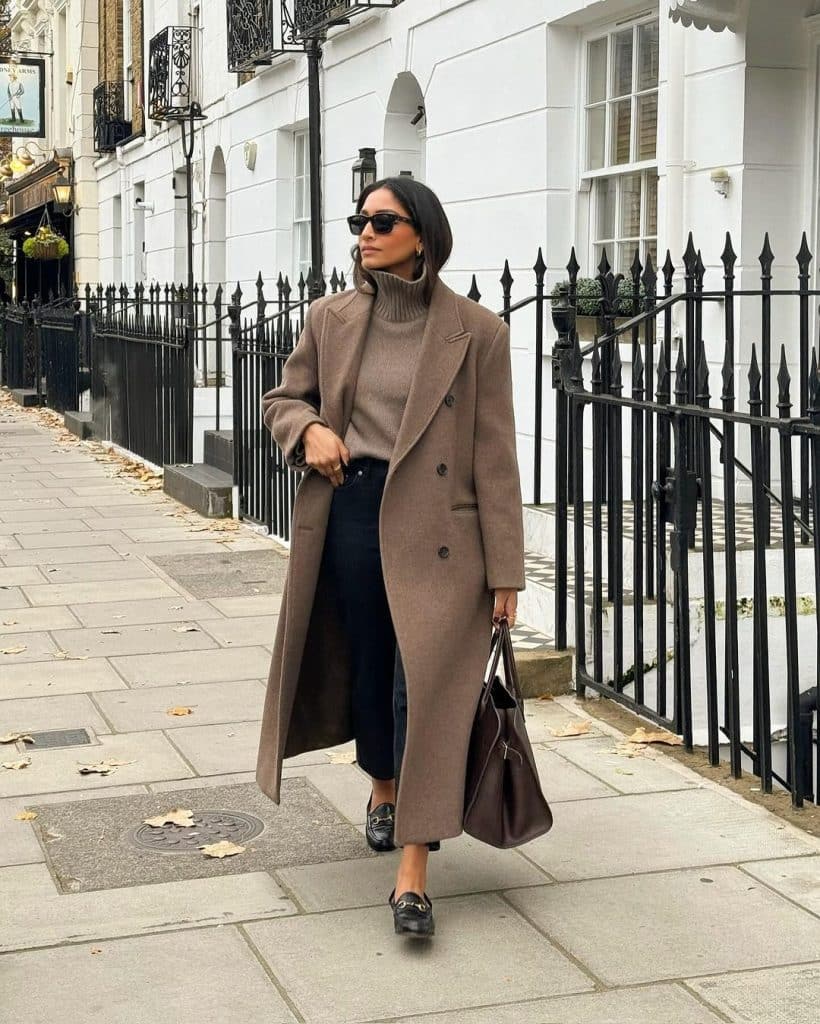
Rule #7: Embrace Classic Styles
True style isn’t about chasing every fleeting trend. Invest in clothing that never goes out of fashion. It’s like the sartorial equivalent of a fine wine – it just gets better with age!
Let’s break down some of the classic styles that should be in every old money inspired wardrobe:
The Trench Coat: A well-fitted trench in beige or navy is the ultimate transitional piece. It’s perfect for those “is it spring or is it fall?” days.
Loafers: Whether you prefer penny loafers or tassel loafers, these shoes are a staple of old money style. They’re comfortable, versatile, and never go out of fashion.
A-line Skirt: Ladies, this one’s for you. An A-line skirt in a neutral color is flattering on everyone and can be dressed up or down.
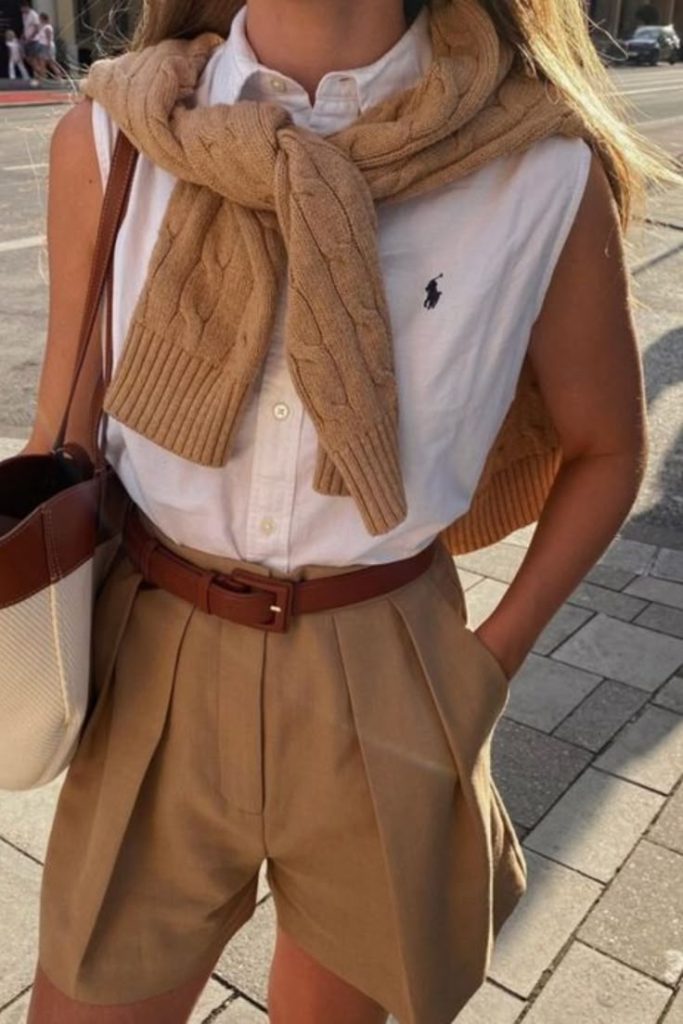
Oxford Shirt: A crisp, button-down Oxford shirt is a must-have for both men and women. It’s perfect for work, weekend brunches, or even as a beach cover-up!
Polo Shirt: Nothing says “I play tennis at the country club” quite like a well-fitted polo shirt. Choose colors like navy, white, or forest green for that true old money vibe.
Now, I’m not saying you can NEVER indulge in a trend. But when it comes to old money style, it’s best to stick to classic silhouettes and incorporate trends in small doses.
Maybe a trendy scarf or a pair of sunglasses, but not a head-to-toe look that’ll be passé next season.
The goal is to build a wardrobe that stands the test of time. Think Grace Kelly, not Kim Kardashian (no shade to Kim, but her style isn’t exactly… timeless).
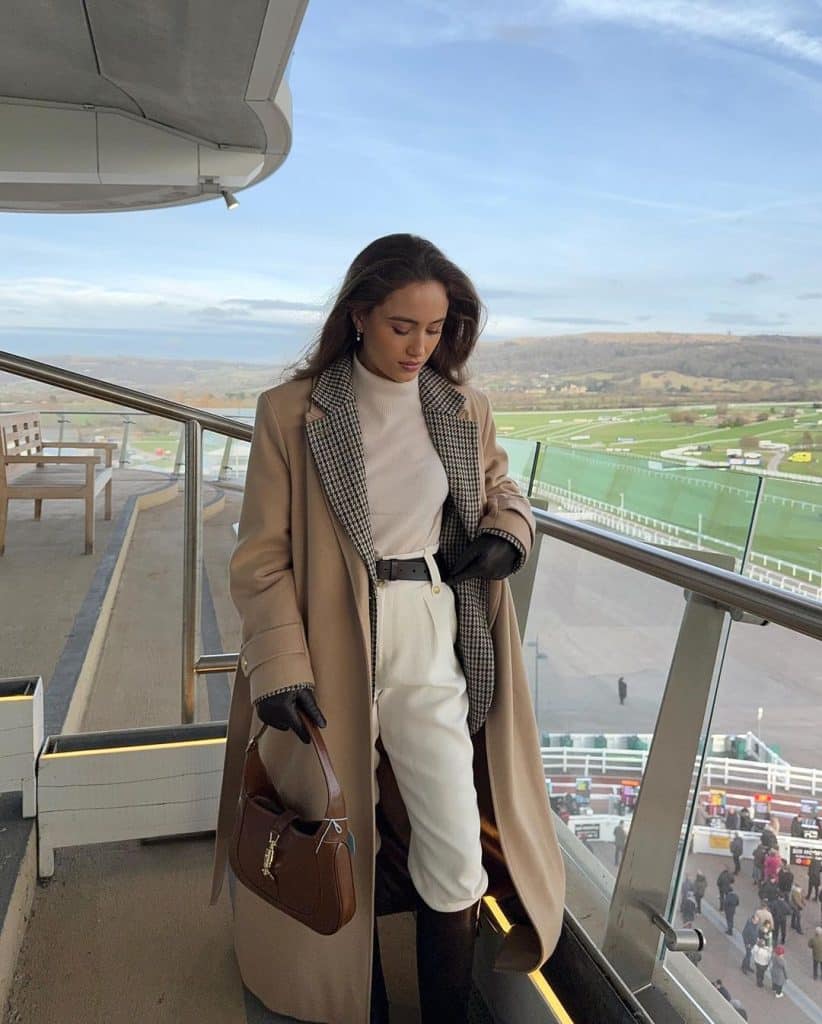
Rule #8: A good pair of shoes can elevate even the simplest outfit
You know what they say, you can tell a lot about a person by their shoes. And in the world of old money style, your footwear game needs to be STRONG.
Cheap shoes not only look… well, cheap, but they also wear out quickly and can be uncomfortable. Investing in quality footwear is not just about style, it’s about comfort and longevity too.
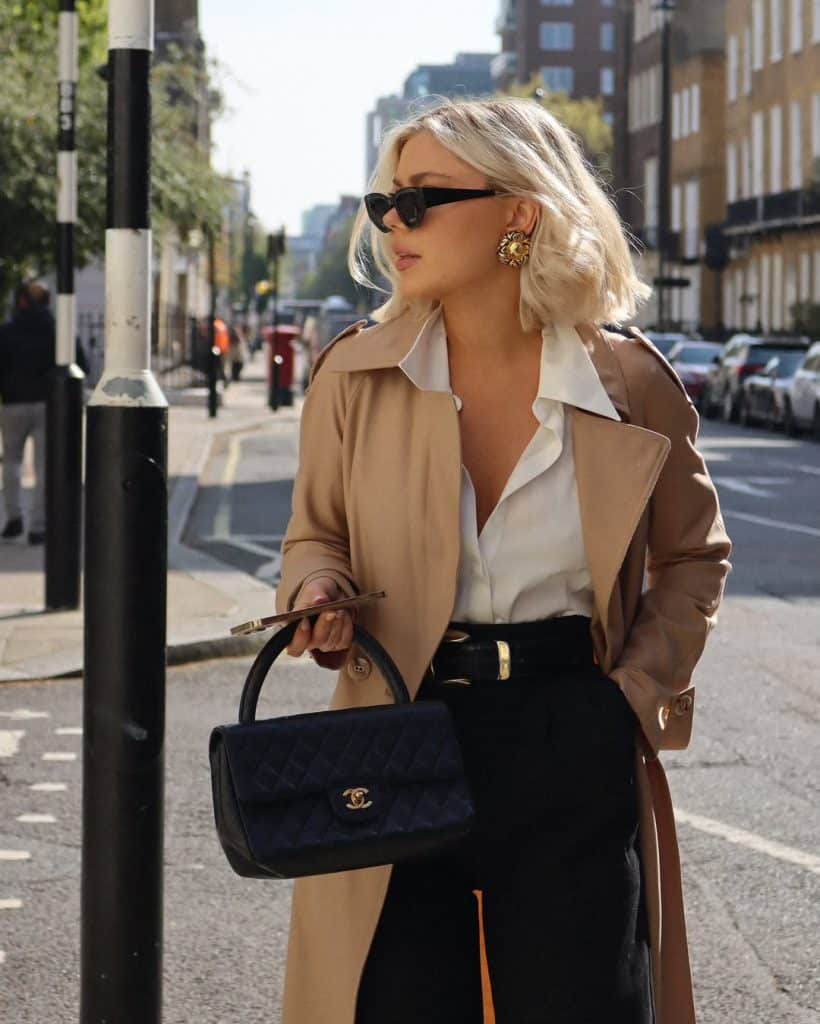
So, what shoes should you be adding to your old money wardrobe? Here are some classic options:
Ballet Flats: Ladies, a pair of simple, elegant ballet flats in leather or suede is a versatile choice for everyday wear.
Loafers: We mentioned these earlier, but they’re worth repeating. Loafers are the epitome of old money casual style.
Riding Boots: A pair of knee-high leather riding boots is perfect for fall and winter. They look great with jeans or skirts.
When it comes to old money style, it’s better to have a few pairs of high-quality shoes than a closet full of cheap ones.
Take care of your shoes (polish them regularly, use shoe trees, repair them when needed), and they’ll take care of you!
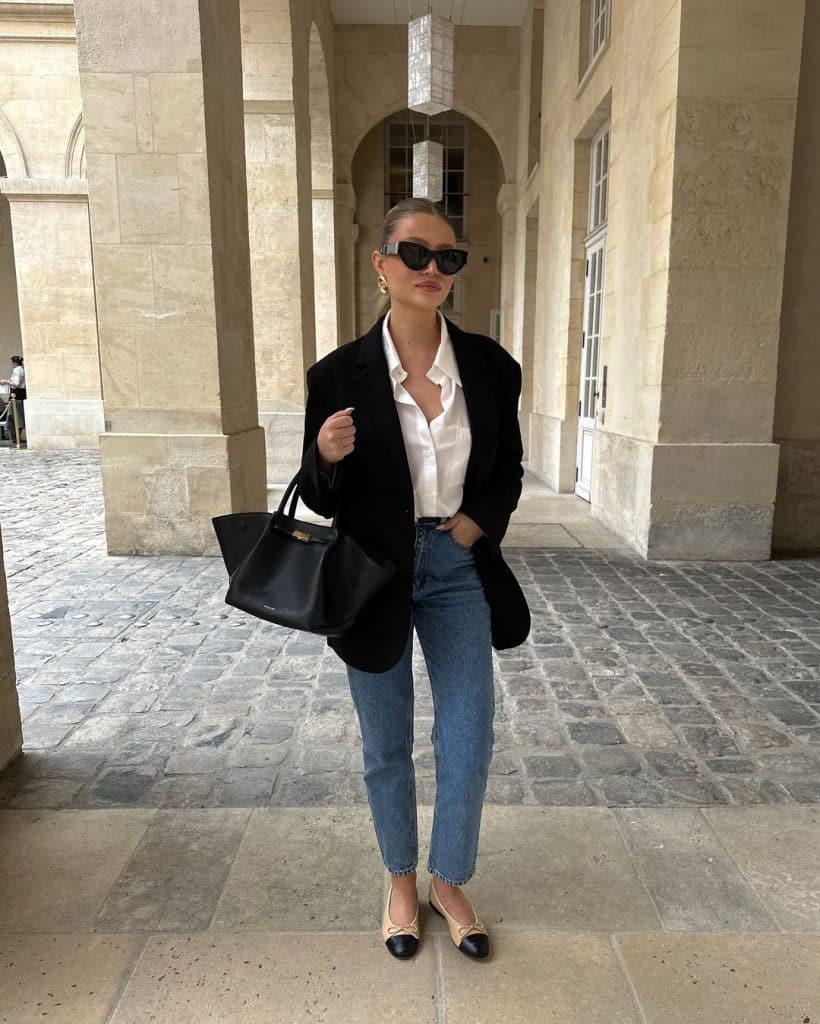
Rule #9: Say No to Flashy Logos
True old money style isn’t about showing off brand names. It’s about quality, subtlety, and understated elegance. When everyone and their grandmother can recognize (and potentially buy) a brand, it loses its exclusivity faster than you can say “knockoff.” And exclusivity? That’s the old money’s bread and butter, darling.
High-quality items don’t NEED a logo to prove their worth. The materials, the craftsmanship, the way it fits like it was made for you? That’s what does the talking
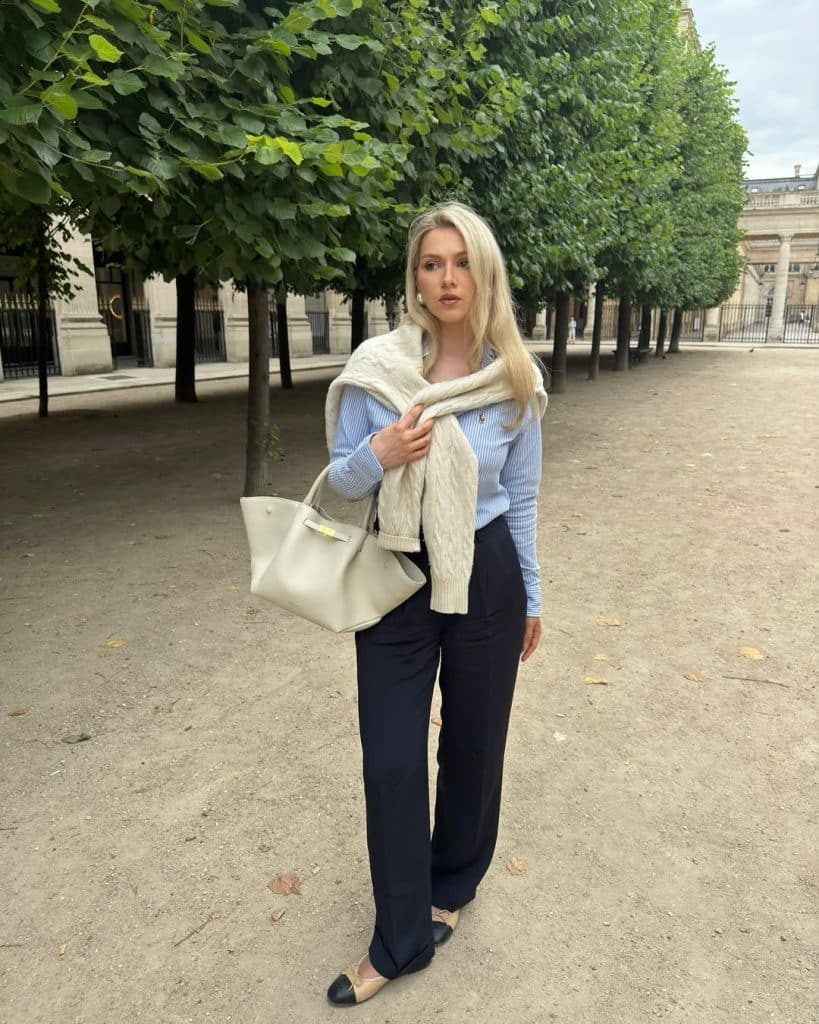
How to Embrace Logo-Free Luxury
So, how do you rock designer pieces without looking like a walking billboard? Here are some tips:
Opt for Subtle Branding: If you must have a logo, choose items where it’s small and discreet.
Focus on Signature Styles: Many luxury brands have iconic designs that are recognizable without obvious logos. Think Burberry’s check pattern or Gucci’s horsebit loafers.
Prioritize Quality: Instead of looking for logos, focus on the quality of materials and construction.
Embrace Niche Brands: Look for lesser-known, high-quality brands. It’s like being in on a fabulous secret!
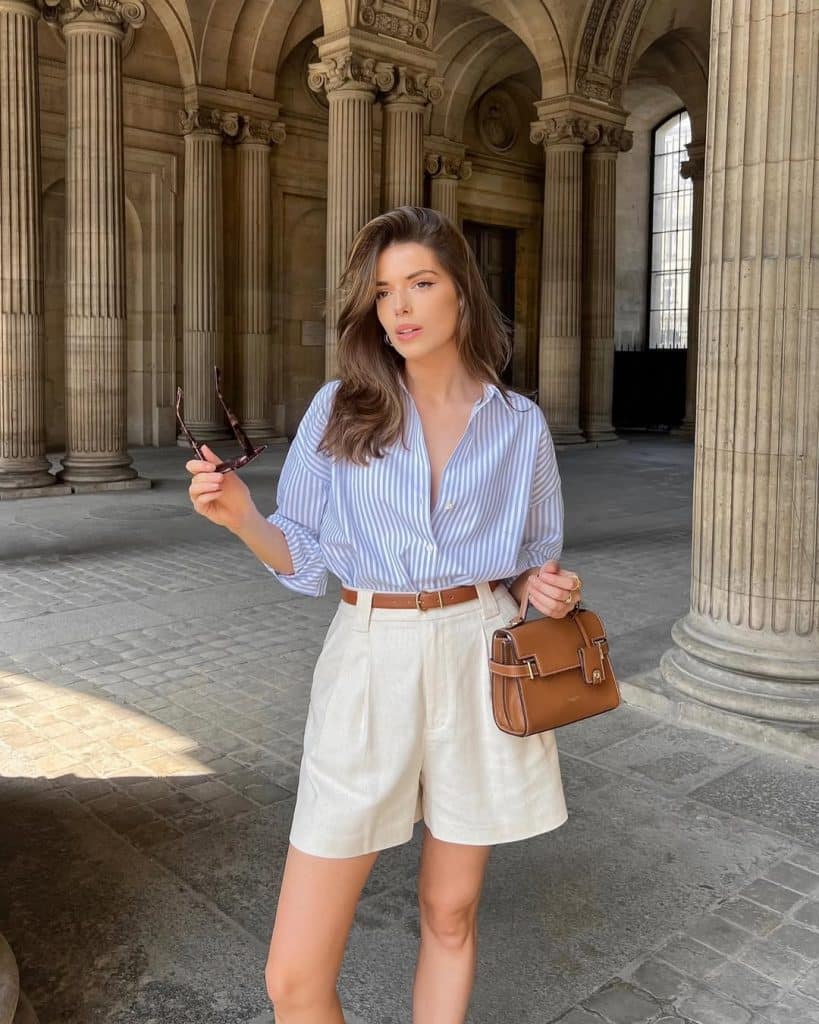
The Exception to the Rule
Now before I end this article, I’ll let you in on a little secret – there IS one place where the old money crowd might bend this rule slightly. Ready for it? Polo shirts! A small polo player on a polo shirt or a discreet crocodile on a tennis shirt is generally considered acceptable. But remember, even then, smaller is better!
